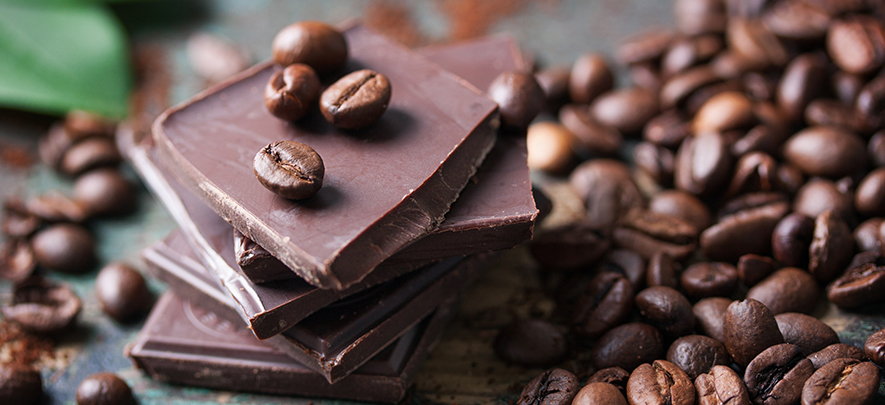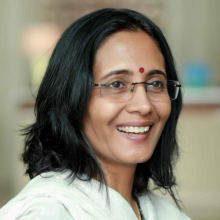Cultural importance of chocolate across the globe

Health & Lifestyle
410 week ago — 4 min read
Do you see any connection between Easter, Valentine's Day, Diwali, Halloween, Hanukkah, Christmas, and Mexico's Day of the Dead? They're all celebrated with chocolate.
While cacao is no longer used as money, it plays a central role in cultures around the world today. Chocolate features in holidays and special occasions.
The Maya celebrated an annual festival to honour their cacao god, Ek Chuah, an event that included animal sacrifices with cacao-coloured markings, offerings of cacao, feathers and incense; and an exchange of gifts. Chocolate drinks were used in betrothal and marriage ceremonies by the Mayans.
The Aztecs sometimes fed their sacrificial victims chocolate beverages to calm them before the sacrifice. Chocolate was intertwined into the Christian traditions during the 17th through the 19th centuries.
American chocolatiers of the 20th century picked up on the gift/coin concept by creating chocolate gelt. In the 1920s, Loft's, an American candy company, produced the first chocolate gelt, wrapped in gold or silver foil in mesh pouches resembling money bags. Chocolate 'geld' is also given to children as part of the St. Nicholas holiday in Belgium and the Netherlands. Typically, the 'gold' coins are milk chocolate and the 'silver' coins are white chocolate.
It was in the early 1800s that the first chocolate easter eggs appeared in Germany and France and soon spread to the rest of Europe and beyond. The first chocolate eggs were solid and they were soon followed by hollow eggs. By the turn of the 19th century, the discovery of the modern chocolate making process and improved mass manufacturing methods meant that the hollow, moulded chocolate easter egg was fast becoming the Easter gift of choice in the UK and many parts of Europe, and by the 1960s it was well established worldwide.
In Mexico, hot chocolate may accompany festive foods for two Christian holidays, the 12 days of Christmas and Candlemas. Mexicans also celebrate Dia de la Muertos (Day of the Dead) from October 31 to November 2 by giving bars and drinks of chocolate to friends and family and honouring the deceased with chocolate offerings.
In a town in Central Sulawesi in Indonesia, it’s easy to see how much the cacao farmers value cacao. They have built a statue that is nearly 20 feet high - a pair of hands holding a cacao pod. In many cocoa farming villages, drying the beans is done as a collective effort, with farming families gathering to turn the beans and visit with one another.
In the modern world, many of the chocolate dollars spent go toward celebrating holidays, to bring home Valentine’s hearts or Easter bunnies, Halloween candy, Diwali sweets, chocolate Santas or Hanukkah gelt.
Chocolate is an integral part of life the world over and its influence is here to stay and may even grow.
To explore business opportunities, link with me by clicking on the 'Invite' button on my eBiz Card.
Posted by
Kavitha Rajeev KumarI work with service-based entrepreneurs and small business owners to attract more ideal leads, get more clients and grow their businesses. I use a practical and flexible...
Network with SMEs mentioned in this article
View Kavitha 's profile
Most read this week












Comments (4)
Share this content
Please login or Register to join the discussion